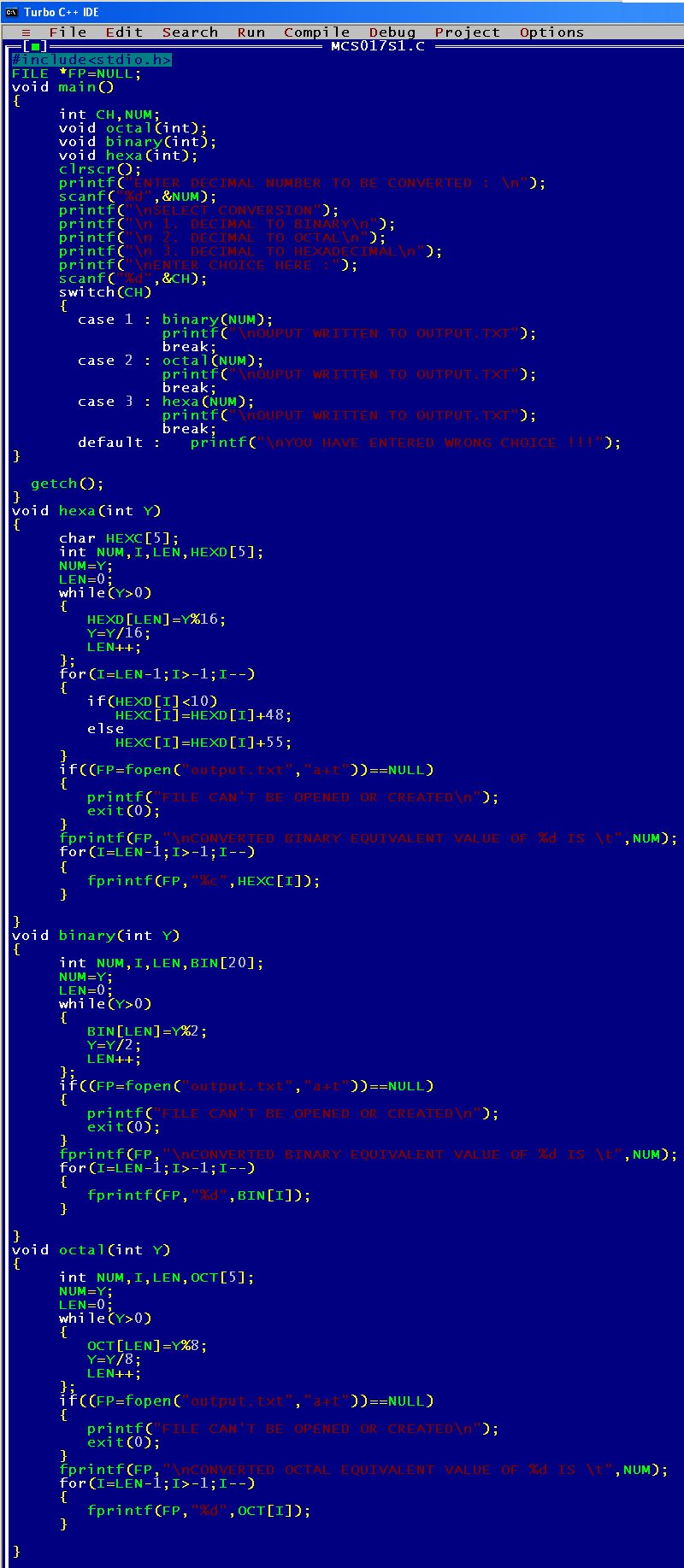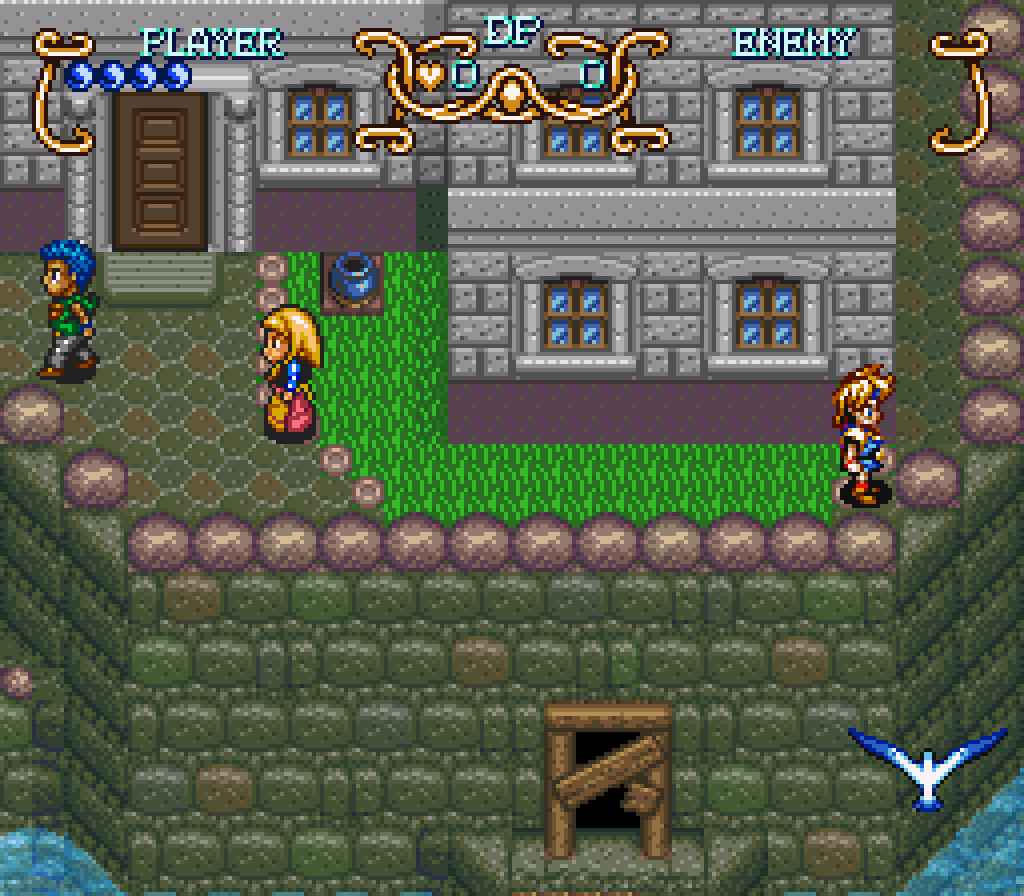
Then ".plugins" > ".core" > "tmp0" > "wtpwebapps". Look for the hidden folder ".metadata" in your Eclipse workspace folder. But upon successive times, WTP seems to get confused about what to copy over.Ī workaround is to clear your web app from the hidden folder. What actually happens is that WTP deploys a copy of your webapp to a hidden folder, and then invokes Tomcat. Unfortunately, WTP seems to have “issues”, as we say when speaking politely, when running your web app. When you run a Vaadin app in Eclipse, you are using the WTP ( Web Tools Project) plugins set which handles getting your Eclipse session to find, configure, and run a web server with your web app. Admittedly it would be nice if users found their app in the same configuration as their last work session, but you need to develop and test appropriately.
#Batchmod pc equivalent how to
You should think through ramifications such as how to handle database connections. Session persistence and restoration of a Vaadin app is a big deal. I suggest doing turning off session persistence for every Vaadin app you create. Now you'll only be affecting this webapp, and not others. workspace/your_project/WebContent/WEB-INF/context.xml Place that copy nested inside your project folder, and edit there: Instead, copy the "context.xml" from the tomcat/conf folder. No need to edit the one your Tomcat installation, which would affect all web apps. The trick is which "context.xml" to edit.

Doing seems simple: Find and edit Tomcat’s "context.xml" file to uncomment the line: The solution is simple: Turn off the Tomcat feature of session persistence. Makes sense, as the definition of the "init" method is to run when the app first begins, and in this case of Tomcat restoring your session, the app is already running so no need to call "init".

Unfortunately, your Vaadin app's "init" method is not run again. Upon restarting the session, Tomcat restores your Vaadin app as it was running previously, like magic.
#Batchmod pc equivalent windows
With Vaadin, the session object holds your entire Vaadin app including all the windows and their current state. So it makes sense to save those to disk, and restore those values to memory when the session is recreated at runtime. In a conventional app, the session has just a few simple values, probably just small pieces of text. ?debugThat approach displays a JavaScript window on top of your app’s window with buttons for restarting the app, as well as debugging your window's layout, and other features.įirst, if you are using Tomcat as your web server, you’ve discovered Tomcat's default feature where it persists a session object automatically when quitting. ?restartApplicationAnother way is to append: Do this by appending the app's URL in your web browser's address bar with: While developing and testing you may need to restart your Vaadin app. What’s going on? Well multiple bugs and features are biting. You might even quit Eclipse, restart, run your app, and still find your changes ignored. This is maddening when the joy of a new app turns into utter frustration.

You might add a label to the form, for example, but at runtime the label fails to appear.

The second thing you’ll notice is that when you modify the source code, nothing happens.
#Batchmod pc equivalent code
They first thing you’ll notice when trying the Vaadin 6 tutorial is how little code is needed for an interactive web app.


 0 kommentar(er)
0 kommentar(er)
